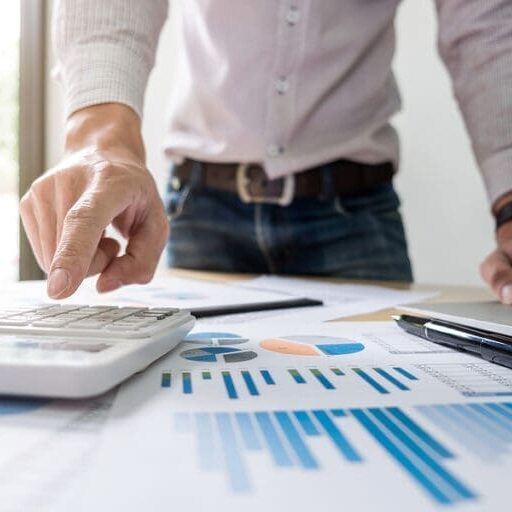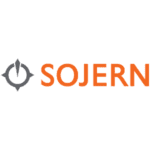 As a revenue manager in 2020, you probably had to make some big changes. Instead of using in-house on-the-books (OTB) information, compset and historical data, you now need to cast a much wider net as far as data is concerned.
As a revenue manager in 2020, you probably had to make some big changes. Instead of using in-house on-the-books (OTB) information, compset and historical data, you now need to cast a much wider net as far as data is concerned.
Of course, collecting and assessing larger volumes of data demands more of your time. If your property is part of the 87% of hotels operating with a trimmed down team, having to dedicate extra time to any area is a challenge.
However, gathering more precise data could give you the deciding edge over your compset, especially in the competitive recovery phase that lies ahead. At that time it’ll be more important than ever to make data-driven pricing decisions and seize revenue opportunities before your competition.
If you want to do this effectively and efficiently, automating manual processes, implementing new tech tools and leveraging forward-looking data is the first step.
Using data in revenue management during and after crisis recovery
If you think of 9/11, the 2003 SARS outbreak and the 2010 eruption of Eyjafjallajökull in Iceland, you’ll see that the hospitality industry has faced many serious interruptions in the past. These events always slowed the travel industry in certain regions, but a U- or V-shaped recovery soon followed. This meant revenue managers could always look back at historical data to forecast recovering demand.
However, with the Covid-19 pandemic it’s a different story. It has lasted longer and impacted more countries more severely than other crises. This will lead to a slower L-shaped recovery phase where hotels desperate for business will compete fiercely for every guest.
On top of this, another new challenge is developing. Trends like online events and remote working have become acceptable alternatives in work and business. Companies around the world have work-from-home arrangements and plan on keeping them indefinitely. This begs the question of how corporate and MICE segments will evolve post-Covid.
In the past, you could have looked at your historical data to forecast when these segments and demand overall would return. Now, thanks to the lasting changes resulting from Covid-19, historical data has lost much of its relevance.
Quality of data in revenue management: the past and the future
Temporary closures and layoffs were a very public effect the pandemic had on the hospitality industry. But as a revenue manager, you probably saw significant changes in your day-to-day work as well. In your case, it most likely involved how you collect, process and analyse hotel, competitor and market data.
Previously, you may have handled all this manually and with the help of Excel spreadsheets. Apart from being bulky and unhandy, these files also got outdated as soon demand or compset rates changed. Unsurprisingly, this could make data-driven pricing difficult. But since you know your market and had historical data to consult, you were still able to make good decisions. In the aftermath of Covid this will be more challenging since the upcoming recovery phase will differ from previous ones. As a result, you can’t rely on historical data as much as before and a new solution is needed.
Making data a part of your successful post-Covid recovery plan
In the future, dynamic and holistic data sets will be necessary for a successful revenue management strategy. This means shifting your focus away from historical and OTB data to live and, if possible, forward-looking data. That will give you better knowledge of price elasticity in your market, allow you to forecast accurately and make informed pricing and distribution decisions. Consequently, you’ll be able to get the most out of emerging opportunities your compset hasn’t even discovered.
Reviewing inbound searches by source market
Get a heads-up on the first signs of recovering demand in 2021 by looking at live changes in flight and booking search volume. Check which dates get the most hits as well. This will show you how demand for your destination develops for specific travel dates. Getting this data before bookings start coming in gives you the chance to update your rates early on and sell rooms at the ideal rate.
Examine searches by source market as well. Seeing where demand for your region is coming from will let you create geo-targeted marketing initiatives which yield a better return on your ad spend.
Uncovering future travel patterns
Once you know your promising source markets and potential travel dates, check which length-of-stay (LOS) query is most common. Knowing this will help you create attractive packages you can market in your geo-targeted initiatives. This can boost your conversion rates because your packages will be in line with what your target audience is searching for.
“With little pace and pick-up visibility, hoteliers and revenue managers currently using standard or traditional tools and methods are struggling to determine an accurate forecast. But by starting with top-of-funnel data and then building a strategy around capturing those guests, optimizing promotions and measuring conversion, hoteliers can ensure they’re capturing their fair share of whatever demand might be coming into the market today, as well as the surge in demand when it arrives in 2021,” says Gino Engels, founder of OTA Insight.
As this outlines, live, forward-looking data provides the most comprehensive overview of future demand and travel intent. In an ideal world, you’d always price your rooms according to such data. However, as its name implies, this data is time-sensitive and time-consuming to collect. Particularly if you’re working with reduced staff now, the best solution is to implement modern tech solutions and automation.
Cutting-edge tech tools for improved decision-making
The hotel tech space has developed by leaps and bounds in the last few years. Today, cutting-edge tools allow hoteliers to optimise every area of their hotel. In the revenue management domain, advanced business and market intelligence tools, as well as automated revenue management systems (RMS) were already getting more popular before Covid. But now that time is of the essence more than ever, these tools have gained a new level of importance.
Your hotel will have an enormous advantage over your compset if you and your revenue team can gather, evaluate and act on live data in real time. Using tech tools that automate manual steps like data collection is the most effective and efficient way to do this. That way even a small team can maximise revenue with an optimised pricing strategy.
Today, a future-facing rate shopping and market intelligence tool with on-demand reporting must be part of your revenue management toolkit. It will give you the data you need to maintain your market positioning. Next, a comprehensive benchmarking tool is needed to show your compset’s future group and transient occupancy values. Finally, a fully-automated RMS completes your arsenal. First, it significantly cuts down the time you spend on pricing and forecasting. Second, it gathers live demand and market data to make real-time rate suggestions and capitalise on every revenue opportunity.
Although 2020 was an extremely difficult year, the steady worldwide vaccine roll-out gives new hope for 2021. On top of this, you have many tools at your fingertips to ensure you get through this crisis in one piece and make the most of recovery.






























